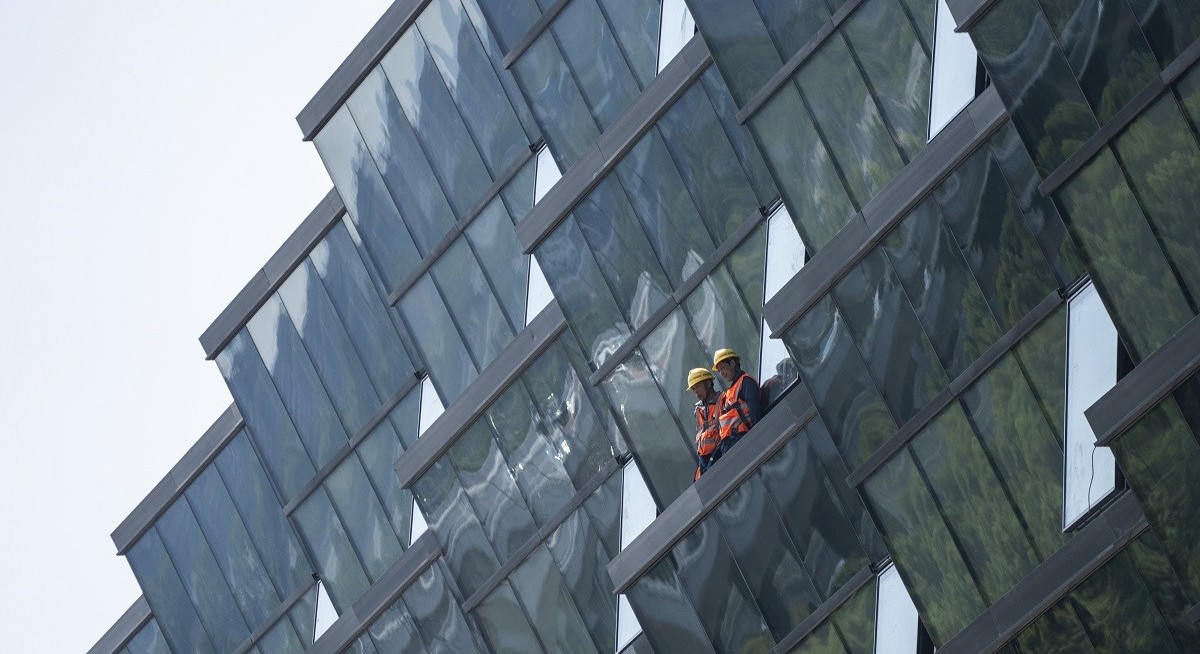I wrapped up my final business trip of the year last week, and as usual, it came with the “China macro field-trip package”: conversations with regulators, corporates, and institutional clients. Sentiment remained mixed, though the obsession with Trump’s tariffs seems to be fading slightly. Many now take comfort in Trump’s famed “flexibility”—a view reinforced by the recent TACO performance. What can I say? Chinese clients continue to be impressively resilient.
Across sectors—commodities, manufacturing, pharma—most firms have already adapted to the tariff landscape. Some even benefitted from shifting production into ASEAN, though they were not shy about complaining about inefficiencies there, such as export tax rebate. Interestingly, thanks to the latest trade truce, tariff-adjusted costs for certain products have once again become cheaper in China than in Asean. So importing directly from China suddenly makes economic sense again.
To be fair, the diversification of production bases has given Chinese exporters more strategic flexibility. And forgive me if there is any survivorship bias here—OCBC’s client base naturally leans towards the more resilient players.
For now, the tariff story has moved to the backseat. Concerns about China’s domestic economy, however, remain front and centre—especially with the property market still showing no sign of finding a bottom. One client gave me a rather insightful tip: “Watch glass prices.”
His logic was sound. Glass is almost impossible to store—fragile, bulky, and costly to warehouse—making it one of the most sensitive leading indicators of real-time construction demand. Once produced, it must be delivered and installed quickly. Window installation is also one of the final major steps before a project reaches completion. When glass prices and output rise, it usually signals that those projects will be completed and delivered within 3–6 months.
Unfortunately, glass prices have been sliding further—possibly even below production cost—suggesting that the property sector is still struggling to stabilise. But I do think this is a good client suggestion; I’ll be paying closer attention to glass prices and production trends going forward.
See also: Evergrande liquidators seek asset freeze on former CEO’s ex-wife
I attended a forum over the weekend in the Wuyi Mountain Scenic Area, a UNESCO World Heritage Site in north Fujian. It was stunning—lush, cultural, peaceful—everything a frequent traveller like me should not complain about. The only surprise was the absence of foreign tourists. That said, I did notice more foreign visitors in Shanghai compared with six months ago, so perhaps recovery is underway, just unevenly.
On Sunday, this normally quiet Wuyi town hosted a marathon with over 13,000 participants. The road closures forced me to walk 15 minutes with my luggage to find a taxi—but for once, I was more happy than grumpy. If mild inconvenience is the price to pay for China’s push to expand its service sector, I’ll take it. And honestly, this feels like a direction China will lean into over the next five years.
Under the policy priorities of the 15th Five-Year Plan—raising the consumption rate, adopting staggered paid leave, and other pro-consumption initiatives—there is meaningful room for improvement in the next few years. We expect GDP-based consumption growth to outperform this year.
See also: Fresh orange juice must be fresh
And tourism—especially domestic tourism—remains the lowest-hanging fruit. With foreign tourist arrivals also picking up at the margin, the sector could add more to growth in the coming years.
Tommy Xie is OCBC's head of Asia macro research




